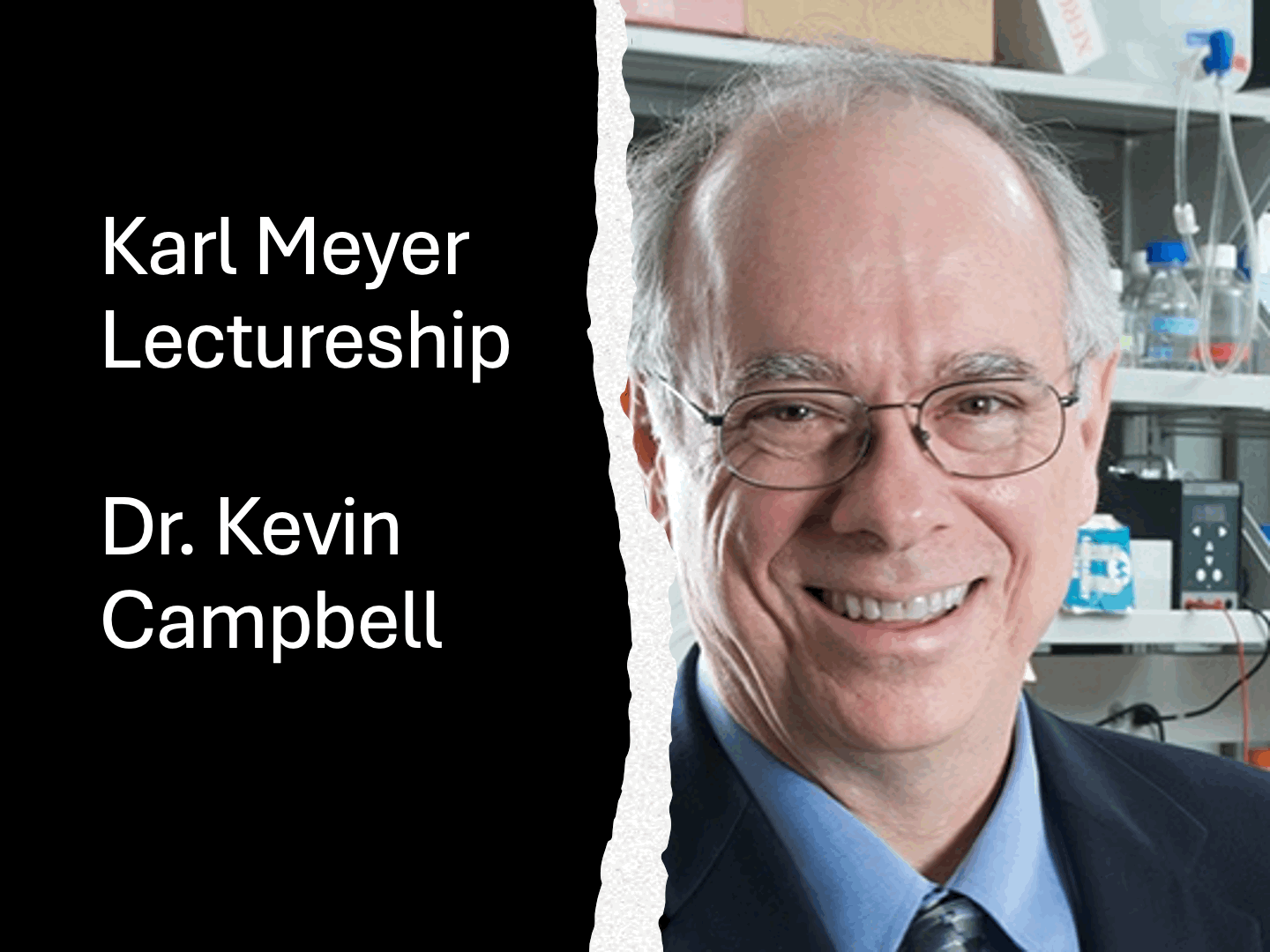1995 Karl Meyer Award Winner
Sen-itiroh Hakomori graduated from Tohoku Univ. School of Medicine, Sendai, Japan. He started his research career in glycoscience at the Dept. of Biochemistry at the same university. He earned his Ph.D. at the same university in 1956, and conducted postdoctoral research as a Fulbright Fellow at Harvard Medical School, 1956-58. He held a faculty position at Tohoku Pharmaceutical Univ. In 1971, he was appointed Prof. of Pathobiology (School of Public Health) and Microbiology (School of Medicine), Univ. of Washington. He has been Head, Program of Biochemical Oncology, Fred Hutchinson Cancer Research Center (1975-1987); Scientific Director, The Biomembrane Institute, Seattle, WA (1987-1996). He is currently Professor Emeritus at Univ. of Washington (since 2005), and Head, Division of Biomembrane Research, at Pacific Northwest Research Institute (since 1996). Dr. Hakomori has devoted his career to studies on structure and function of glycosphingolipids (GSLs). He initially characterized many (~25) new GSLs, particularly extended lacto- and globo-series structures, including A1, A2, H, I/i, Lex, Ley, sialyl-Lex, and globo-ABH, some of which were identified as developmentally-regulated or tumor-associated antigens. He and his group were the first to identify tumor-associated antigens as GSLs, providing the basis for diagnosis and treatment of human cancer. In fact, some of these antigens, and antibodies directed to them, have been found by others to be useful for diagnosis and treatment of various types of cancer. More recently, Dr. Hakomori and his group have been studying functional roles of GSLs in defining cell adhesion and signal transduction. For example, they were the first to characterize the effect of gangliosides on growth factor receptor function, in terms of inhibitory or promoting effect on receptor-associated tyrosine phosphorylation. They pioneered the elucidation of GSLs as adhesion molecules based on carbohydrate-to-carbohydrate interaction. This concept was not well accepted in the beginning, but has been supported increasingly by various other research groups. Recently, they have provided clear evidence that GSLs or other glycoconjugates, organized in microdomains, define cell adhesion coupled with signal transduction. Subsidiary findings, such as discovery of oncofetal fibronectin, and defining of ABO gene structure, also resulted from their studies. |

 Sen-itiroh Hakomori
Sen-itiroh Hakomori